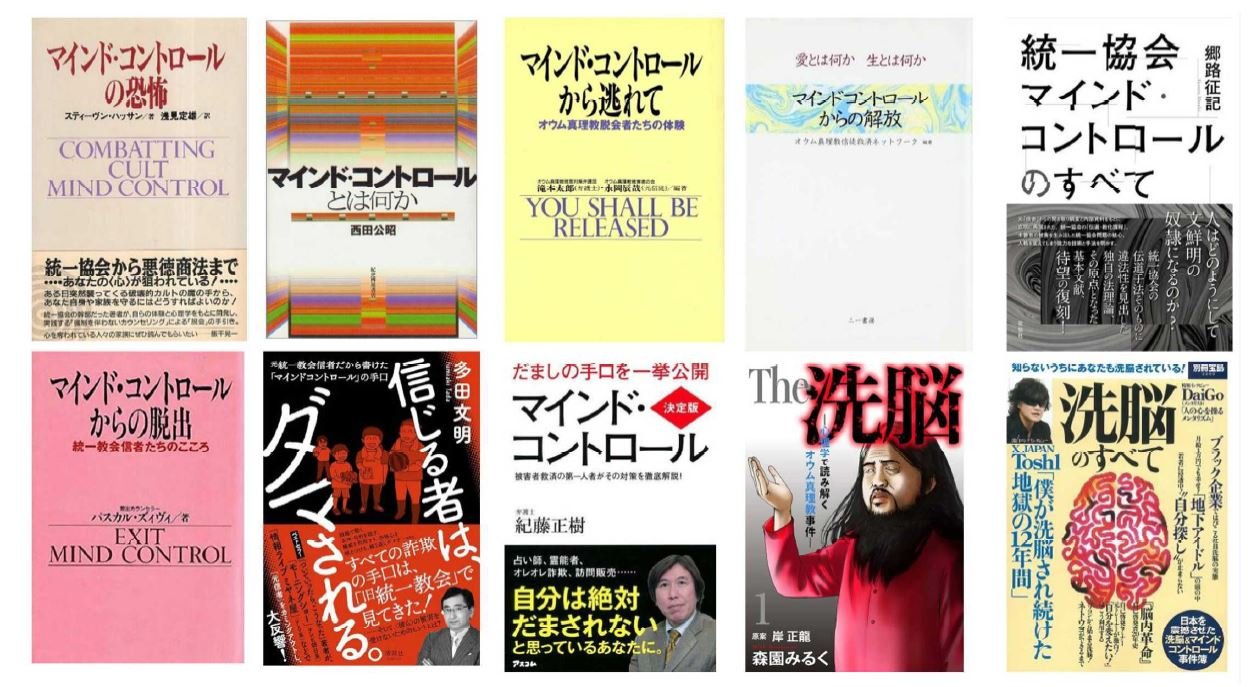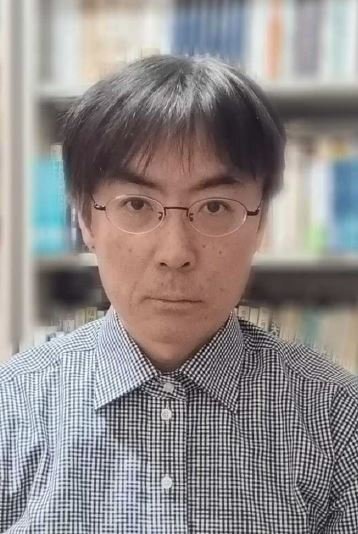A Japanese scholar reflects on the strange success in Japan of discredited theories about “brainwashing” allegedly practiced by “cults.”
by Toshihiro Ota*
*A paper presented at the symposium organized by the Institut français de recherche sur l’Asie de l’Est (IFRAE) in Paris, March 20, 2025, “L’héritage de l’affaire Aum à la société japonaise: 30 ans après les attentats au gaz sarin du métro de Tokyo.”
Article 1 of 5

My paper discusses the “mind control fantasy” that spread inside and outside Aum Shinrikyo. This will consist of four parts:
(1) My background and overview of Aum research
(2) MK Ultra and its influence
(3) The “mind control fantasy” in Aum
(4) The “mind control fantasy” in the anti-cult movement.
First, let me briefly introduce myself and explain how I came to study Aum Shinrikyo.
I was born in Fukuoka Prefecture in 1974. When I turned 20, the Sarin attack on the Tokyo subway occurred in March 1995. At that time, I had just started majoring in religious studies at a university in the suburbs of Tokyo. I remember the tense atmosphere in the city center, where no one knew when the next terrorist attack would occur.
In those days, the first subject I chose to study was Gnosticism, a heretical Christian doctrine that emerged around the 2nd century CE. In fact, I am not very good at languages, but I struggled to study Coptic and read the Nag Hammadi texts, eventually earning my doctorate in 2007. My research on Gnosticism was published in 2009 under the title “The Thought of Gnosticism: The Fiction of the ‘Father.’”

After completing my first research, I chose Aum Shinrikyo as my second theme. As mentioned earlier, Aum was a religious group that carried out indiscriminate terrorist attacks when I was 20 years old, and as a Japanese religious scholar, I could not ignore it.
Furthermore, through my research on Gnosticism, I gained a general understanding of the history of Western religion and occultism. I could use that knowledge to explain Aum from an intellectual historical perspective. This led to the publication of my book, “The Spiritual History of Aum Shinrikyo: Romanticism, Totalitarianism, and Fundamentalism,” in 2011.
As the subtitle suggests, this book examines Aum in the light of three ideological trends with an anti-modernist stance.
First, Romanticism was a movement that tried to oppose the Enlightenment, the mainstream thought of modern times. While the Enlightenment emphasized rational “light,” Romanticism emphasized emotional “darkness.” It taught that humans could discover their true selves by exploring darkness. My book provides an overview of how such “dark ideas” originated in German Romanticism, passed through the American New Age movement, and eventually made their way to Japan.
The second topic is totalitarianism, with the Nazi regime as the most notable example. Nazism was marked by the adoration of a charismatic leader, Adolf Hitler, a dualistic view that saw a conflict between superior and inferior races, and secret police-style control by the SS and Gestapo. Since Shoko Asahara admired Hitler, it is not surprising that the Aum organization had many similarities to Nazism.
The third topic is fundamentalism. In the West, the Reformation occurred in the 16th century, so many Christians began to read the Bible for themselves in the modern era. As a result, some took the eschatology described in the Bible literally and tried to interpret contemporary events based on it. This is a central theme of the so-called “Christian fundamentalism.” The radical eschatology seen in Aum can be considered to have originated from this ideology.

This is the outline of “The Spiritual History of Aum Shinrikyo.” Two years later, in 2013, I published a supplementary book titled “The Roots of Modern Occultism: The Light and Darkness of Spiritual Evolution Theory.” I will also touch on that.
In 2012, I interviewed Joyu Fumihiro, one of Aum’s senior leaders, for a magazine project. During the interview, Joyu told me that Asahara informed Aum leaders of the group’s ultimate goal at an early stage, which was called “replacing the species.”
The term “replacing the species” is not commonly heard. I didn’t understand its meaning then, but after researching it again, I discovered that it originated from the “spiritual evolution theory” proposed by Theosophy. According to this theory, humans who cultivate their spirituality through ascetic practices will eventually evolve into god-like beings. On the other hand, humans who become corrupted by material desires are said to degenerate into animals. A simplified diagram of this worldview is shown in the image below.

Since there were no general books on the history of Theosophy in Japan, I took up this theme in “The Roots of Modern Occultism.” I argued that the idea of spiritual evolution began with Madame Blavatsky, the co-founder of Theosophy, passed through the lineage of Rudolf Steiner, Edgar Cayce, and others, and then flowed into Aum. I also demonstrated that Aum’s ultimate goal was to bring about Armageddon, purge humans who had degenerated into animals, and establish a kingdom of spiritually evolved gods.

As described above, I studied religion from the perspective of intellectual history and applied this method to Aum as well. Looking back now, my research during this period appears quite legitimate, and I don’t see anything that needs to be corrected. General readers received my writings well, and I have often heard comments that they provided the first satisfactory explanation of Aum.
But that was the reaction from ordinary readers. The response of the “Aum experts,” especially those who take an “anti-cult” stance, was quite different. They either ignored my books or sometimes complained about them.
I wondered why this was the case. In fact, for a long time in Japan, “cults” were mainly explained by theories such as “brainwashing” and “mind control.” Below are some of the many books that discuss these topics. Furthermore, in various media such as television, newspapers, radio, and the Internet, “brainwashing” and “mind control” have been talked about as if they were obvious concepts.

However, in my book “The Spiritual History of Aum Shinrikyo,” I did not use these concepts, but instead referred to them critically. This was likely unacceptable to those who took an “anti-cult” stance.
“Brainwashing” and “mind control” are concepts that have been talked about in so many different ways that there is no strict definition. In any case, to briefly define them, “brainwashing” can be defined as “erasing consciousness through scientific methods,” and “mind control” can be defined as “rewriting consciousness through scientific methods to manipulate others.”
Does such technology really exist? If “brainwashing” and “mind control” were possible in a scientific way, it would have revolutionized the field of psychiatry, but I have never heard of such a thing. Now, in the first half of the 21st century, “brainwashing” and “mind control” technology clearly does not exist.
At present, I view “brainwashing” and “mind control” not as scientific theories, but as troublesome and dangerous “fantasies.” These fantasies have spread within those writing about Aum and throughout Japanese society, creating complex interactions. In this series, I will briefly discuss the history of these fantasies and their impact on the Aum incident in Japan.

Toshihiro Ota was born in 1974. He specializes in religious studies and intellectual history. He received his PhD from the University of Tokyo for his research on Gnosticism and published “The Thought of Gnosticism: The Fiction of the ‘Father’” (Shunjusya, 2009). He subsequently researched Aum Shinrikyo, publishing “The Spiritual History of Aum Shinrikyo: Romanticism, Totalitarianism, and Fundamentalism” (Shunjusya, 2011) and “The Roots of the Modern Occultism: The Light and Darkness of Spiritual Evolution Theory” (Chikuma Shobo, 2013). He currently teaches liberal arts as a part-time lecturer at Saitama University. He has also published a volume collecting lectures on the history of Western religious thought, “The Brief History of Monotheism” (Kawade Shobo Shinsha, 2023).



